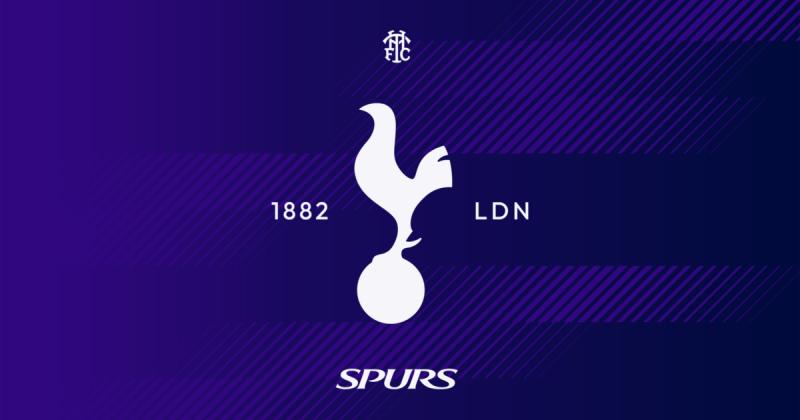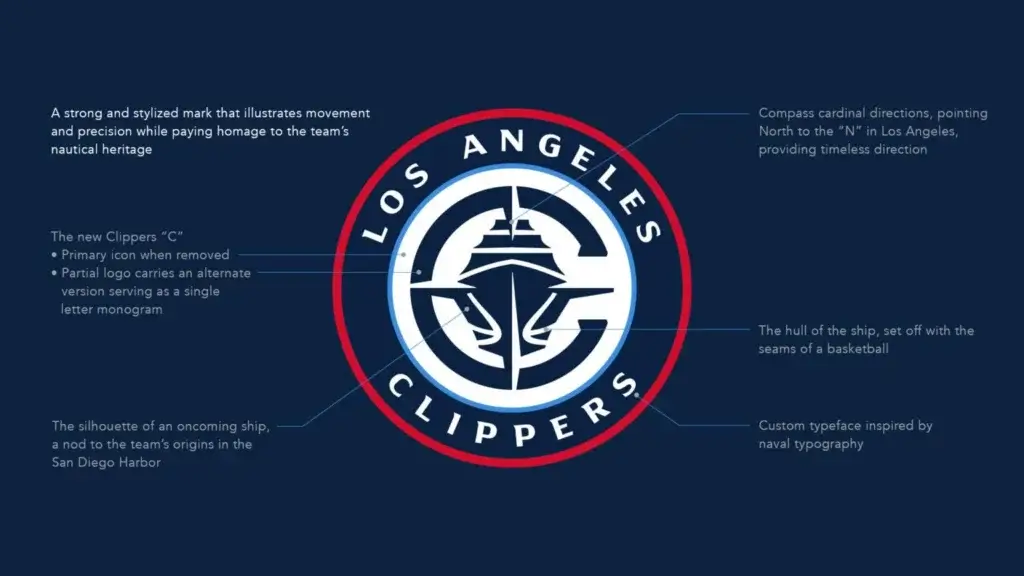Why Rebranding in Sports Is More Than a Fresh Coat of Paint?
In sports, rebranding isn’t just about changing logos or colours, it’s about making a statement. Whether you’re responding to evolving fan expectations, expanding into new markets, or shaking off outdated perceptions, a successful rebrand can reshape a brand’s entire future.
We’ve seen it firsthand at Digital Playmakers, whether it’s refining visual identities or crafting creative campaigns, rebrands are about staying relevant, competitive, and memorable.
But when should a sports brand consider rebranding? And how do you do it right? Let’s break it down.
When Should You Rebrand?
The decision to rebrand shouldn’t be taken lightly. It’s a strategic move, not just a creative one. Here are some clear signs it’s time for a refresh:
1. You’ve Outgrown Your Current Identity
As sports organisations expand, their brand often lags behind. Whether you’ve added new teams, locations, or services, a disjointed or outdated brand no longer reflects who you are.
Example: Tottenham Hotspur’s 2024 brand refresh subtly modernised its identity to reflect the club’s global ambitions, aligning its look and feel with its expanding influence.If your organisation is growing through mergers or partnerships, a rebrand can help unify the new identity. This creates consistency and builds trust with fans and stakeholders.

2. Your Audience (or Industry) Has Shifted
Fan preferences evolve. If your brand doesn’t keep up, you risk becoming irrelevant. Whether it’s appealing to younger fans or adapting to new digital platforms, staying current is key.
Example: La Liga’s 2024 rebrand embraced a vibrant, digital-first identity to attract a younger, more global fanbase, ditching its dated look.

3. You’re Merging, Acquiring, or Partnering
If your organisation is growing through mergers or partnerships, a rebrand can help unify the new identity. This creates consistency and builds trust with fans and stakeholders.
Example: Six Nations Rugby streamlined its visual identity, aligning with other major tournaments to create a cohesive look.

4. Your Visual Identity Feels Dated
If your logo or visual identity looks like it belongs in 2005, not 2025, it’s time for a change. Design trends evolve, and sports brands need to reflect the modern aesthetic fans expect.
Example: The LA Clippers’ bold 2024 rebrand introduced a sleek, futuristic visual style ahead of their move to the Intuit Dome, shaking off their underdog image.

5. You’re Shifting Your Brand Positioning
If your mission or audience has changed, your brand should reflect it. Whether moving from grassroots to professional or from local to international, your identity needs to evolve with your ambition.
Example: Pentathlon GB’s rebrand aimed to modernise its identity and attract younger athletes, making the sport more appealing and accessible.

Why Rebranding Matters in Sports
A rebrand is more than a new logo, it’s an opportunity to redefine your brand’s narrative. Here’s why it matters:
1. Drives Fan Engagement
A fresh identity grabs attention and re-energises existing fans while attracting new ones. When done right, it creates brand affinity and sparks fresh excitement.
2. Improves Sponsorship Appeal
A stronger, more modern brand makes you more attractive to sponsors. Clearer, bolder branding improves visibility and adds credibility to sponsorship opportunities.
3. Enhances Brand Consistency
A fragmented identity across platforms dilutes your brand. A rebrand ensures cohesive visual and messaging consistency, strengthening recognition and recall.
4. Positions You as Industry-Leading
In a rapidly evolving sports landscape, staying modern signals strength. A rebrand shows you’re forward-thinking, innovative, and committed to growth.
How to Nail Your Sports Rebrand
1. Start with Strategy
Don’t jump straight into design. A successful rebrand starts with clear objectives and audience insights.
- Understand your current brand perception through research and fan feedback.
- Define what you want the new brand to stand for and how it aligns with your future goals.
2. Build a Distinctive Visual Identity
Your visual identity needs to be recognisable, memorable, and scalable across platforms. This includes:
- Logo: Modern, clean, and adaptable for digital use.
- Colours: Strategic use of colour psychology to influence perception.
- Typography: Clean, readable fonts that reflect your personality.
- Dynamic motion: Motion graphics and animated logos enhance digital appeal.
3. Ensure Consistency Across Platforms
A rebrand is only effective if it’s consistent across every touchpoint. This includes:
- Website, social media, and app assets.
- Merchandising, kits, and physical branding.
- Advertising and broadcast graphics.
We craft complete Brand Guidelines at Digital Playmakers, helping everything stay consistent so everyone is on the same page.
4. Craft a Compelling Brand Narrative
The story behind the rebrand matters. Develop creative messaging that explains the reason for the change and the benefits for fans, players, and stakeholders.
- Showcase the brand evolution with a compelling launch campaign.
- Use behind-the-scenes content to involve fans in the process.
5. Activate with Creative Marketing
A rebrand only works if people see it. Use a multi-channel marketing strategy to drive awareness and engagement:
- Teasers and reveals on social media.
- Video content showcasing the rebranding journey.
- Collaborations with players or influencers to promote the new identity.
Rebranding in Sports: The Digital Playmakers Way
At Digital Playmakers, we know that a sports rebrand isn’t just about new colours and logos. It’s about building a future-ready identity that speaks to fans, attracts sponsors, and drives growth.
Whether you’re refreshing your visual identity, repositioning your brand, or launching a new product, we specialise in creative branding that delivers impact, across digital, social, and beyond.
Thinking of rebranding your sports organisation? Let’s talk.


